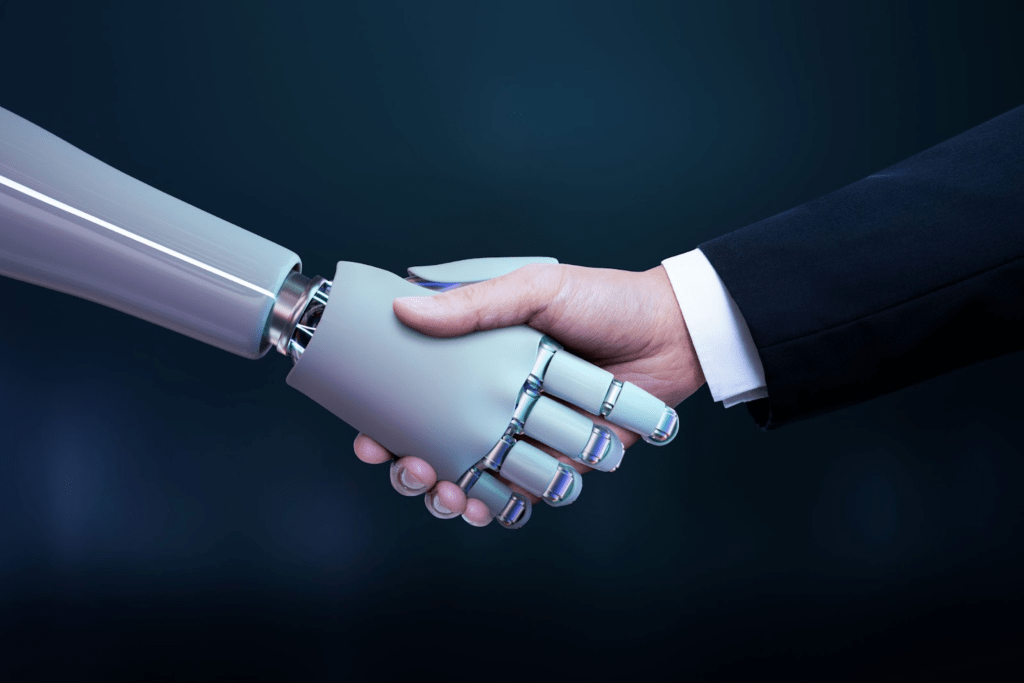In recent years, the use of chatbots in marketing and customer service has seen a significant rise. With the development of artificial intelligence (AI), chatbots have become more sophisticated, capable of simulating conversations with humans, providing assistance, and answering questions. In this blog post, we’ll explore the impact of AI on marketing and customer service, the benefits of chatbots, and whether humans or bots are preferred.
Impact of AI on Marketing
AI has changed the way marketers approach their campaigns. With AI-powered tools, marketers can analyze vast amounts of data to identify patterns and insights, allowing them to optimize their campaigns for maximum effectiveness. AI can also help marketers personalize their campaigns, tailoring messages to specific individuals based on their interests, behavior, and preferences.
Chatbots are also becoming increasingly popular in marketing. With chatbots, businesses can engage with their customers in real-time, providing instant responses to inquiries and delivering personalized recommendations. This not only enhances the customer experience but also helps businesses improve customer retention rates.

Impact of AI on Customer Service
One of the most significant impacts of AI on customer service is the ability to provide 24/7 support. Chatbots can handle basic queries and tasks, allowing customer service representatives to focus on more complex issues. This not only improves efficiency but also reduces wait times for customers.
AI-powered chatbots can also provide a more personalized experience for customers. By analyzing data from previous interactions, chatbots can understand a customer’s preferences and history, allowing them to provide more relevant recommendations and solutions.
Benefits of Chatbots
One of the main benefits of chatbots is their efficiency. Chatbots can handle a high volume of inquiries simultaneously, providing instant responses and reducing wait times for customers. This improves customer satisfaction and retention rates.
Chatbots are also cost-effective. Compared to hiring and training human representatives, chatbots require less time and money to implement and maintain.
Furthermore, chatbots can provide consistent support across multiple channels, including social media, email, and messaging platforms. This ensures that customers receive the same level of service regardless of the channel they use.

Dilemma: Which is More Effective – Humans or Bots?
The rise of chatbots has led to some debate about whether humans or bots are preferred in marketing and customer service. While chatbots are incredibly efficient, there are still situations where a human touch is required.
For example, when dealing with complex or emotionally charged issues, customers may prefer to speak with a human representative. Additionally, while chatbots can provide instant responses, they may not be able to provide the same level of empathy and understanding that a human can.
On the other hand, chatbots excel in situations where speed and efficiency are essential. They can handle a high volume of inquiries simultaneously and provide instant responses. Chatbots can also work around the clock, providing support 24/7, which is not always feasible with human representatives.

In conclusion, both humans and chatbots have their place in marketing and customer service. While chatbots can provide excellent support for basic queries and tasks, there are still situations where a human touch is required. Ultimately, the best approach is to use a combination of both humans and chatbots to provide the best possible customer experience. By leveraging the strengths of each, businesses can deliver a high level of service while also improving efficiency and reducing costs.
Moreover, businesses can leverage chatbots as the first point of contact to handle repetitive queries, FAQs, and other mundane tasks, freeing up human representatives to focus on more complex issues that require human empathy and expertise. This approach can help businesses strike a balance between efficiency and a human touch, providing customers with the best possible service.
Furthermore, businesses can continue to train chatbots to handle more complex tasks, integrating AI with human empathy and expertise to deliver a more personalized and efficient experience. This approach can help businesses stay
